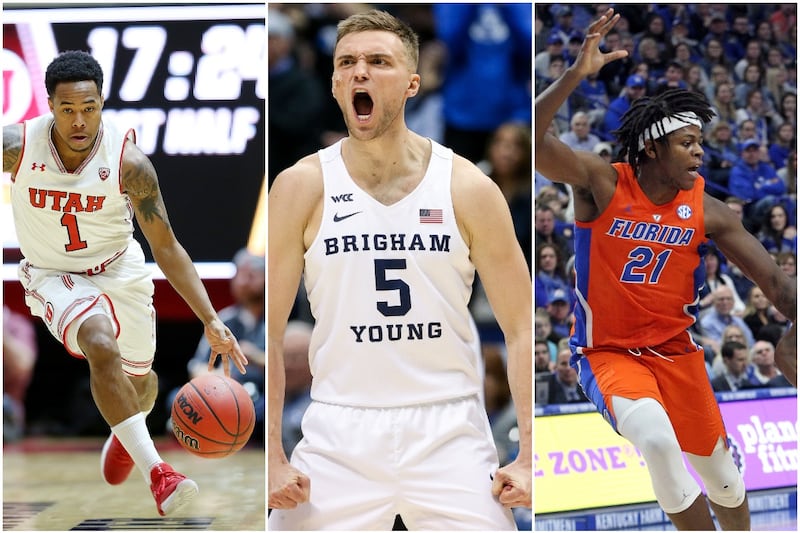SALT LAKE CITY — The big news out of Provo last week was exciting for BYU basketball fans when the No. 1-ranked available graduate transfer in the country decided to become a Cougar for his final year of eligibility.
His name is Matt Haarms and from all reports, he’s a great young man who’s excited to add his special skills to the Cougar program. While his numbers aren’t anything to do cartwheels over — he averaged 7.5 points and 4.4 rebounds in his career at Purdue where he started just 41 of 102 games — he is 7-foot-3. As the old saying goes, you can’t teach height.
Other news last week that went completely under the radar came out of Ogden where Weber State coach Randy Rahe not only signed the first grad transfer in his 14-year WSU career, but signed three, count ‘em, grad transfers with the possibility of a fourth later this month.
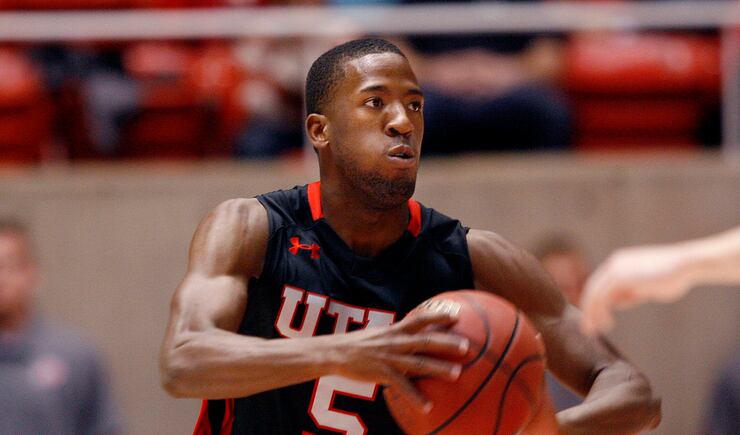
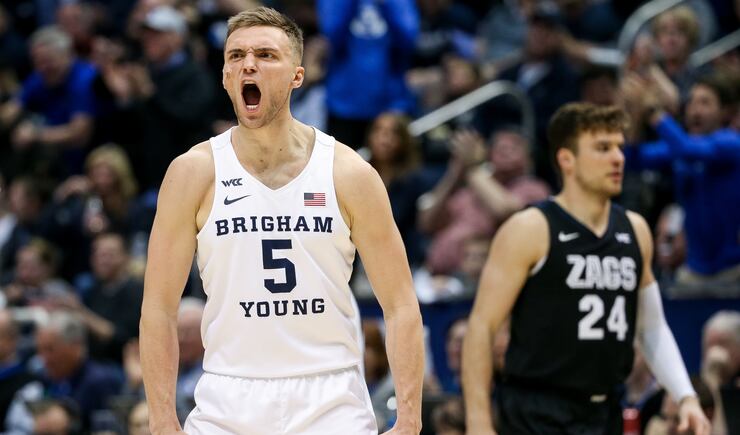
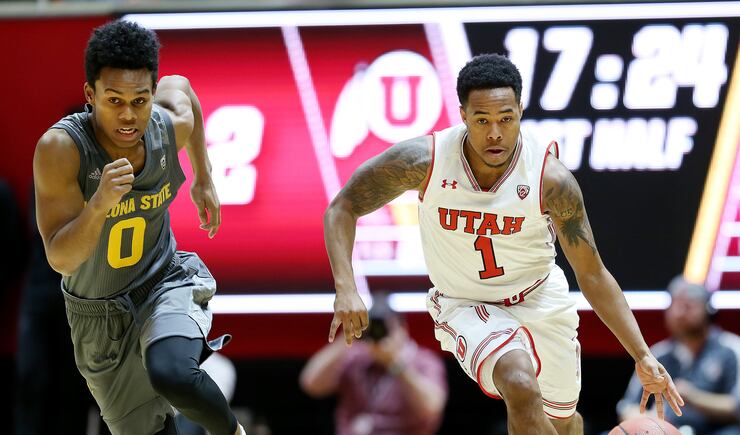
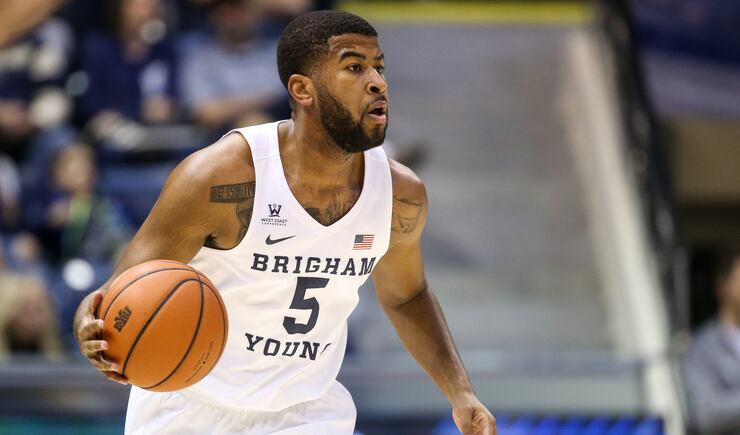
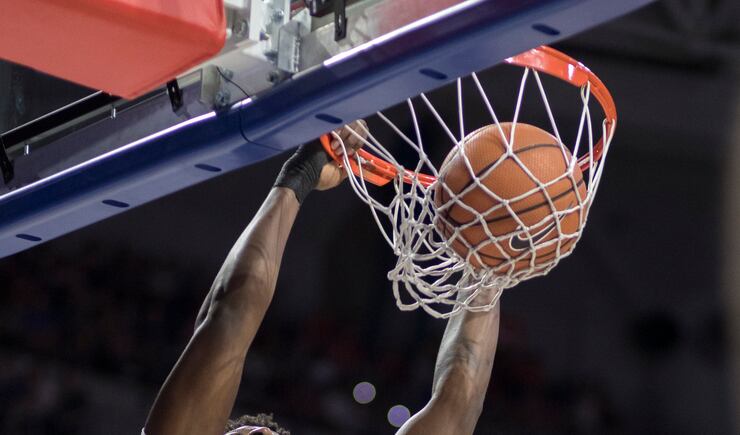

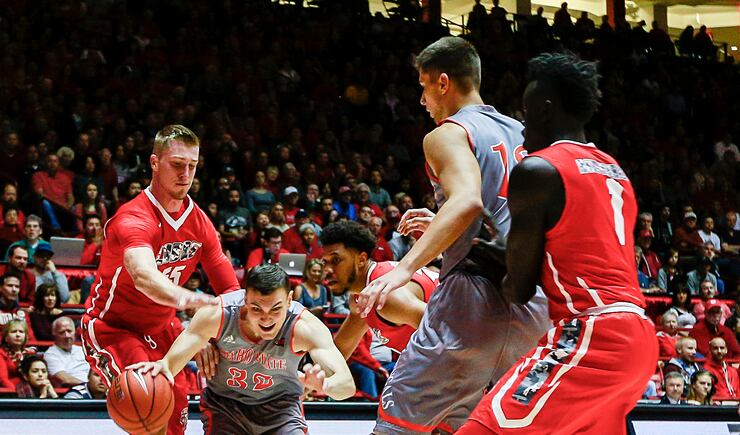
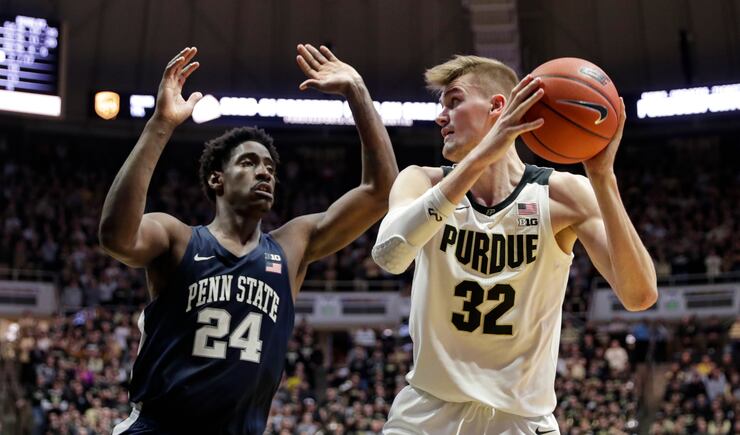
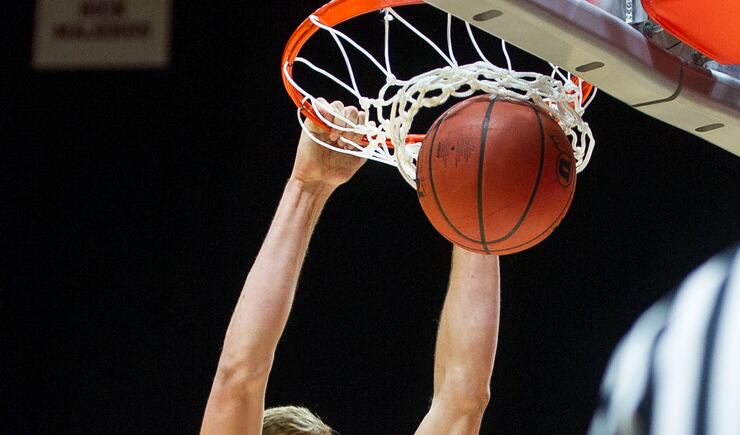
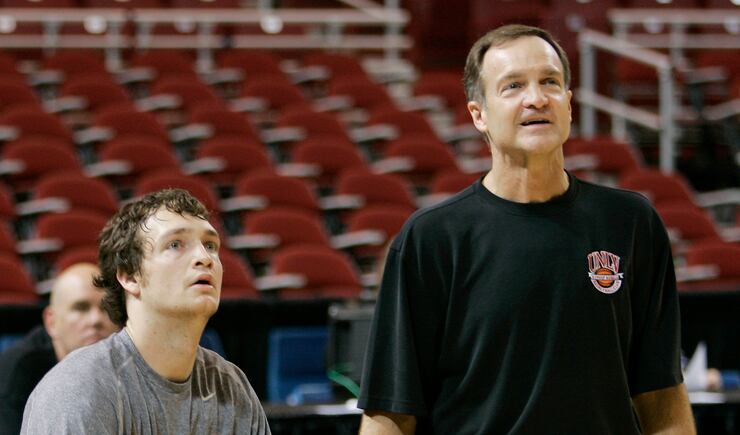
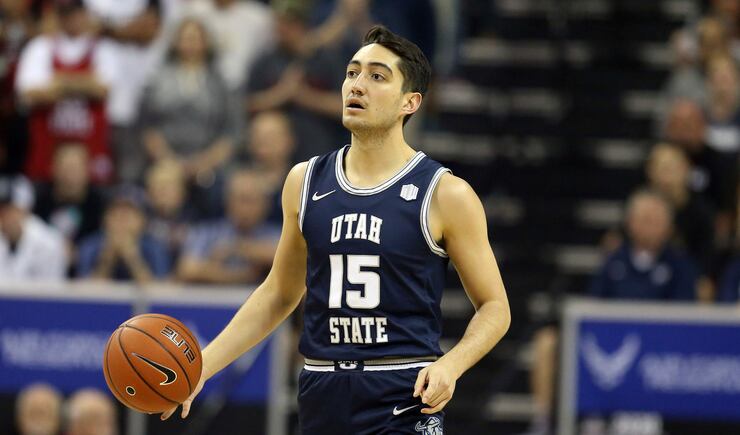
Meanwhile, the University of Utah, which competed this past season with the second-youngest team in America, has no plans, or room, for that matter, to add a grad transfer, while Utah State lost one of its starters to the grad transfer rule. Abel Porter decided to leave Logan and play for Ohio State for his senior season.
College teams in Utah are starting to take advantage of the grad transfer rule, which has been around for the past 14 years. When the rule was first created back in 2006, there were just a handful of teams that utilized it, the most successful early grad transfer being Kevin Kruger, who left Arizona State to play for his father, Lon, at UNLV in the Mountain West Conference.
Since then, many schools have made grad transfers a big part of their recruiting, including top schools like Gonzaga, Arizona and Louisville.
Graduate transfers are players who have fulfilled their graduation requirements with eligibility left, which allows them to play immediately for another school. Most have sat out a year for injury or redshirt.
“That’s what most teams are doing, there’s the transfer portal and grad transfer. The whole motto is get old and stay old — that’s the motto in college basketball.” — Weber State coach Randy Rahe
Grad transfers on a percentage basis, are most prevalent in men’s basketball (2.6% of current players), according to an NCAA study, followed by women’s basketball, football, and men’s and women’s track and field with less than 1%. But according to the NCAA, the number of such cases has nearly tripled in the past five years.
It’s gotten to the point where a lot of mid-major schools, such as those in the Big Sky, are looking at transfers, specifically grad transfers, before they look at high school and junior college players.
“That’s what most teams are doing, there’s the transfer portal and grad transfer,” said Weber State coach Randy Rahe. “The whole motto is get old and stay old — that’s the motto in college basketball.”
Rahe and the Wildcats signed three grad transfers that could all be starters next season, including Dontay Bassett, a 6-9 forward from Florida, Isiah Brown a 6-2 guard from Grand Canyon and Balint Mocsan, a 6-3 guard from Idaho State, and Rahe’s hoping to add one more.
“A lot of programs now will look at the transfer portal first, the grad transfers that are available, as well as the regular transfers and a lot of schools look at juco (junior college) kids next and then high school kids,” Rahe said. “And unless a kid is a 4-star or 5-star, that’s the last thing you recruit, because everybody wants to get older and be old and not have to rely on freshmen to be a big part of your team. In our league very few teams recruit freshmen any more and I see it all around the country.”
The University of Utah has taken a different approach, relying on younger players to develop, as they did this past year when they had the second-youngest team among the 353 schools in Division I basketball with 11 freshmen and four sophomores. Coach Larry Krystkowiak, said he really didn’t go after grad transfers last year, preferring to let his youngsters grow through experience.
During Krystkowiak’s nine-year tenure, he’s taken just a handful of grad transfers and only lost a couple as grad transfers, including Jayce Johnson a year ago.
Jarred DuBois, came to Utah for the 2012-13 season after scoring more than 1,000 points in his career at Loyola Marymount and ended up leading the Utes in scoring at 12.4 points per game.
Justin Bibbins was a two-time all-Big West selection for Long Beach State before coming to Utah in 2017-18. He led the team in scoring at 14.8 ppg and was a first-team all-Pac-12 selection.
The Utes weren’t so lucky with their third grad transfer, Novak Topolovic. The 7-foot Serbian went from starting every game and averaging 10.7 points and 6.8 rebounds at Idaho State to starting just six games and averaging 2.8 ppg and 3.1 rpg for Utah in 2018-19.
With Utah being in a Power Five conference, it has gotten players from smaller schools, looking for an upgrade and the Utes have been the recipient of a couple of good players who made a big impact on his team. But Krystkowiak can see the other side of the coin as well.
“It has really hurt some of the smaller teams and smaller leagues for kids that wanted to bump up their level a little bit,” he said. “It’s not great for somebody to invest in a young man for three years and get them their college degree and have them ride into the sunset and go somewhere else.”
But Rahe, who coaches at a mid-major school and is fortunate not to have lost good players to major programs, views it another way. He sees a trend these days of players wanting to play and if they’re stuck behind another player at a big-time school, they’ll look to play elsewhere.
“Kids are very impatient these days,” he said. “A lot of kids want to get to the highest level and maybe it’s too high and they figure, ‘man I’d rather be playing at a mid-major than sitting on the bench at a high major so I’m going to make a move.’ What we’ve found out is, it’s about playing time — kids want to go where they can play.”
One of Rahe’s incoming grad transfers is one such player.
Bassett was a 6-foot-9 three-star recruit out of Oakland, California, who went to Florida, where he played in 77 games in three years with three starts. But he wasn’t getting the minutes he wanted with a couple of other players at his position, so after graduating this spring, he looked elsewhere and signed with Weber State.
“He’s a great kid, who didn’t get as much playing time as he wanted, got his degree and wants to go where he has an impact,” Rahe said.
BYU hasn’t relied on grad transfers over the years, but benefitted this past year from one when Jake Toolson left Utah Valley to play in Provo. He ended up second on the team in scoring at 15.2 ppg on 47% 3-point shooting. On the other hand, L.J. Rose, who was the Cougars’ first grad transfer in 2016, averaged just 5.5 points after playing at Baylor and Houston.
With five key seniors leaving from this year’s 24-8 team, coach Mark Pope needed some experience and the Cougars will get that with Haarms.

While Haarms’ move from Purdue to BYU was a lateral one, some players want to see if they can play at the next level and go from mid-major schools to major schools. That’s what Radford’s Carlick Jones, the Big South Player of the Year at 20 points a game, who was considered the No. 1 transfer available in early April when he committed to go to Louisville, is doing.
Arizona, which has brought in more than a half dozen grad transfers over the past decade, is hoping Seattle’s Terrell Brown, who led the WAC in scoring at 20.7 points per game, can make the jump to the Pac-12.
Even blue-blood Kentucky, which was trying hard to get Haarms before he chose BYU, has ventured into the grad transfer portal and a couple of years ago grabbed Stanford’s all-Pac-12 forward Reid Travis.
But everything could change for grad transfers later this month if the NCAA decides to open up the transfer portal and allow players to transfer without sitting out a year. If that proposal is passed, then players will be able to leave any time without sitting out a year.
Rahe and Krystkowiak have mixed feelings about that if it happens.
“I struggle with that one, but I’m basically in favor of what’s best for the student-athlete,” Rahe said. “I’ve always thought when coaches leave, and leave their kids behind and the kids can’t leave, that was a little bit hypocritical. If a coach leaves, a kid should be able to leave with no penalty.”
“It’s going to complicate some things,” Krystkowiak said. “It’s really hard to establish a program because there’s going to be so much coming and going, so I think it’s kind of a conflict for what this whole model of what college is all about. But I think it’s inevitable it’s going to happen.”

